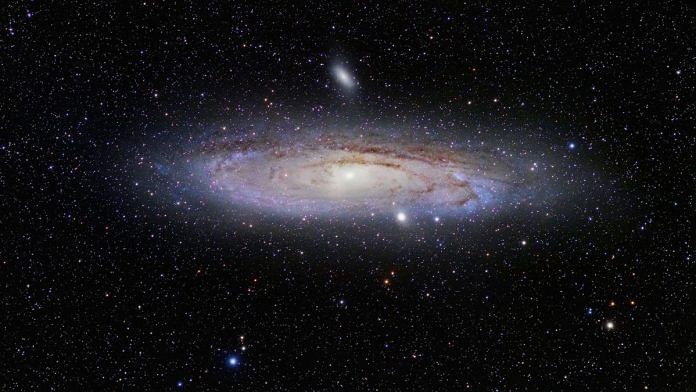The ancient Greek philosopher Pythagoras theorized that the planets in their orbits created harmonies – he called it the Music of the Spheres. Now scientists have found a new way to tune in to the symphony of the cosmos.
A technique called sonification, which translates data into sound, has now been used to assign musical notes to points of light in images captured by space telescopes, helping us experience the cosmos with our ears as well as our eyes.
Experts say the sonification will be particularly helpful for people with impaired vision to gain an appreciation for the strange beauty of galaxies and nebulae in the far reaches of the universe.
Visually impaired people ‘highly positive’ about the process
Up to that point, their work had focused on 3D modelling and printing to make tactile versions of space images for blind and visually impaired people. Because sonification is completely digital, it proved a great way to keep the project on track during remote working.
The sonification process has created a series of intriguing soundscapes. Scientists and musicians embed images with musical notes whose pitch can be tuned to the wavelength of the light or whose volume can reflect its brightness. A digital image scan then produces the sound.
One of the most spectacular sonifications is of a near-infrared image of gas clouds which resemble “Cosmic Cliffs” in the Carina Nebula, captured by NASA’s Webb Telescope in the southern constellation of Carina (the Keel) which is 7,500 light-years from Earth.
In reality, Carina is a highly unstable region of the universe where stars are being regularly born and destroyed. The sonification follows the image’s “mountain range” in gentle notes using wind instruments, but the brightest stars cause crashes and clangs from cymbals.
The images used in sonification are themselves the creation of scientific processes. The human eye cannot see x-ray or infrared data, so scientists routinely convert it digitally into space images we’ve all become familiar with seeing.
NASA tested sonifications on both sighted and non-sighted groups with “highly positive” results. Blind and partially sighted people experienced the highest levels of engagement, while the sighted group said they had gained a greater understanding of how blind people access data in general.
The World Economic Forum’s Global Parity Alliance is working to identify “lighthouse” initiatives that can make a significant, quantifiable, scalable and sustainable impact on improving diversity, equality and particularly disability inclusion.
Also read: Chandrayaan-3 blasts off to moon, carries lander Vikram and a nation’s dreams



